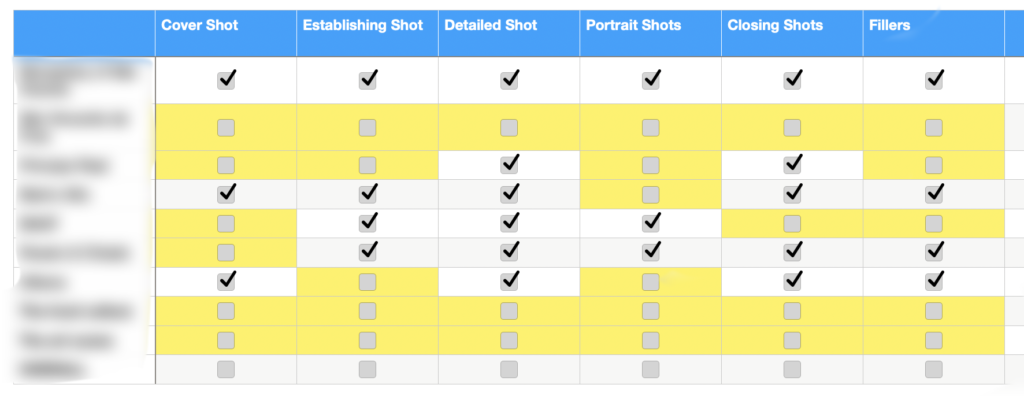Issue 4
3 Ideas for the Creative Mind
I spent most of my summer travelling through Abruzzo, Italy. I did not work much, as this was family time. We got together to make new memories, explore, eat too much and swim or hike when we felt like it.
I did use early mornings to catch up on my reading and reflect on my creative practice. Specifically, how I manage the trade-off between spending time in the studio and shooting content.
My solution is to use time and a consistent work ethic to my advantage, rather than ‘be a donkey’ caught between the hay and the water.
1.
As a fine art photographer I do not shoot for the commercial market, which means I do not have customer focused deadlines. In-lieu of deadlines I work as follows:
- I consistently edit, cull and tag images during three studio session a week.
- Darkroom Thursday is when I process negatives and render prints – either test or proofs. I track my progress in my notebooks (soon to be upgraded to a cork board).
My target is to produce three to four gallery grade prints per quarter and consistently develop the People & Place project to a book over a five year period.
2.
I edit ruthlessly and have little time for ‘darlings’. Take my first trip to Lisbon during April 2023. I shot about 800 images during a week which I edited down to 25.
My edits do not just aim to identify “winners”, but also elements that can contribute to the story of a place. This means I have a library of images tagged by place and time and by the type of shot, that is: cover shots, establishing shots, portrait shots, detail shots, filler shots and closing shots. The Lisbon library contains about 175 images and needs many more.
This approach allows me to rapidly build a story for a publication such as the zine I am developing. It also allows me to track what parts of my image database is incomplete, thereby improving my productivity on future trips.
3.
I balance all this by batching my work. I am comfortable not shooting when I am developing ideas or finishing off a project. In this I follow Ann Patchett’s example – she does not write continuously, only when she has “everything set” in her head.
Rather, I immerse myself in my practice: I think about it, I study artists that inspire me, I conduct regular editorial reviews and, above all, go see great art & speak to the people that curate art.
When I shoot, I am engaged with my environment and shoot intensely. When I am in my studio I produce art and communicate.
One or two Quotes
1.
During his trip, (Robert) Frank shot 767 rolls of film yielding about 27,000 images. He edited that down to about 1,000 work prints, spread them across the floor of his studio and tacked them to the walls for a final edit. Out of a year and a half of work, Frank chose just 83 images.
From 'Americans': The Book That Changed Photography, written by Tom Cole. Tweet
2.
If you want better results, then forget about setting goals. Focus on your system instead.
From Atomic Habits, written by James Clear. Tweet
In the Spotlight

One output from my editing process is a shot list such as this. It’s a tool that guides me to look for the elements I need to tell a story of a place, whilst allowing for creative expression.